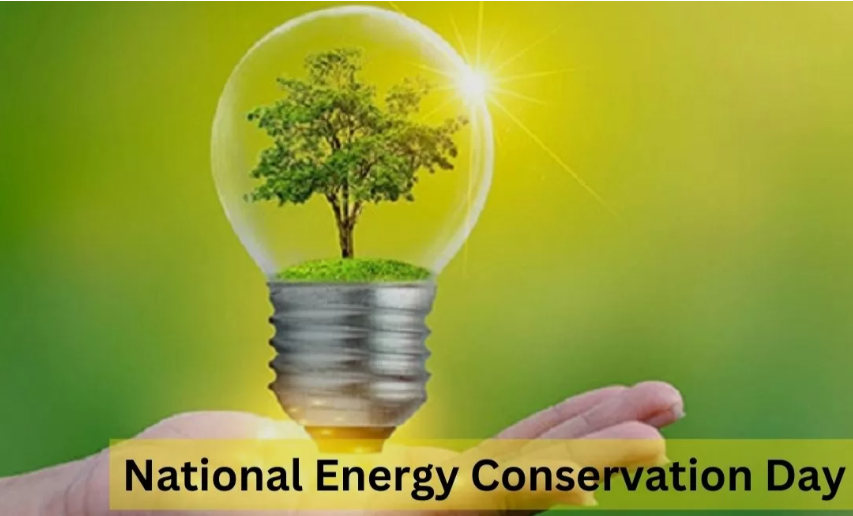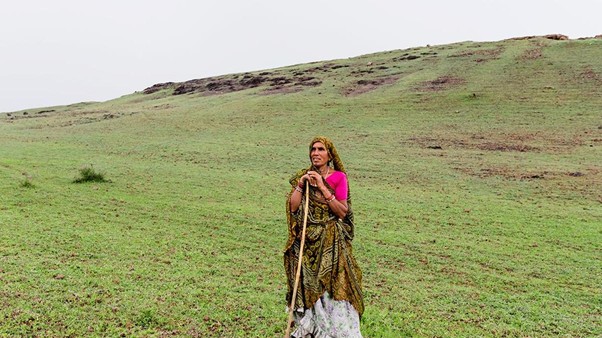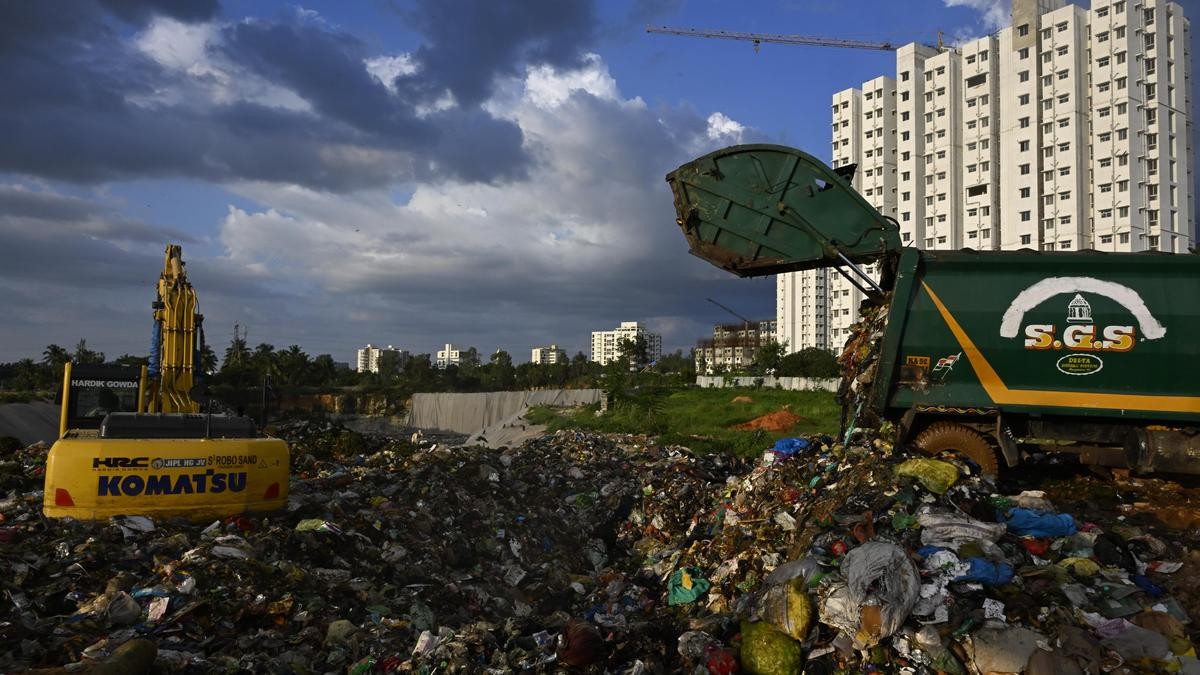




Source: HINDU
Disclaimer: Copyright infringement not intended.
World Solar Day celebrates the importance of solar energy in fostering sustainable development and energy security.
As India seeks to meet its renewable energy targets and double farmers’ incomes Agriphotovoltaics the dual use of land for agriculture and solar energy production offers a promising solution.
APVs refer to the simultaneous use of land for solar energy generation and agricultural production.
Conceptualized in 1981 by German scientists Adolf Goetzberger and Armin Zastrow it involves elevating solar panels (~2 meters) to allow crops to grow underneath or between them.
APVs aim to maximize land-use efficiency, increase farmers’ income and promote climate-resilient agriculture.
Enhanced Land-Use Efficiency
Dual utility of the same land for energy and crop production.
Increases the output per unit area.
Economic Gains for Farmers
Lease-based income: Farmers can lease land to solar developers.
Feed-in Tariff (FiT) revenue: Selling electricity to the grid.
Higher returns with high-value or shade-tolerant crops e.g., tomato, turmeric, potato.
Case Study – Najafgarh, Delhi
Pre-APV income: ₹41,000/acre/year.
Post-APV (leasing only): ₹1 lakh/acre/year.
With both leasing + agriculture: Potential income up to ₹2.5 lakh/acre/year.
Microclimatic Advantages
Shade reduces heat stress and evapotranspiration.
Promotes water conservation and protects crops from extreme weather.
Energy Security
Supports decentralized renewable energy generation.
Enables rural areas to become producers and suppliers of clean power.
Japan
APV structures must be temporary and removable.
Minimum height: 2 m; Maximum crop yield loss: 20%.
Projects are reviewed every 3 years based on agricultural output.
Germany
DIN SPEC 91434 framework
Must maintain 66% of reference agricultural yield.
Solar infrastructure can occupy up to 15% of arable land.
Prioritizes agriculture over energy profits.
Lack of Standards and Guidelines
No formal national APV policy or design specifications.
Leads to uncoordinated implementation and land-use conflict.
High Capital Costs
1 MW ground-mounted solar: ₹2.7 crore.
APVs cost ~11% more due to elevated structures.
Unviable Feed-in Tariff (FiT)
Rajasthan's FiT: ₹3.04/unit → 15-year payback.
Needed: FiT ≥ ₹4.52/unit for a 4-year payback.
Smallholder Exclusion
Over 85% of Indian farmers are smallholders (<2 ha).
Limited access to capital and technology inhibits APV adoption.
Revamp PM-KUSUM Scheme
Integrate agrivoltaic-compatible infrastructure into the scheme.
Promote grid-connected solar plants with APV models.
Develop National Standards
Define minimum panel height, permissible crop yield loss, and land-use norms.
Prioritize agriculture-centric design.
Enhance Farmer Participation
Promote collective ownership through FPOs and cooperatives (e.g., Sahyadri FPO's 250-kW APV project).
Offer training and capacity building for farmers to manage APV systems.
Financial Incentives
Provide capital subsidies, soft loans, or NABARD guarantees.
Set remunerative FiTs and encourage private sector partnerships.
Sources:
|
PRACTICE QUESTION Q. “From ploughs to panels, agriphotovoltaics hold the potential to transform Indian agriculture into a climate-resilient and energy-efficient model.” Critically examine the viability of agriphotovoltaic systems for India’s smallholder farmers. 250 words |







© 2025 iasgyan. All right reserved